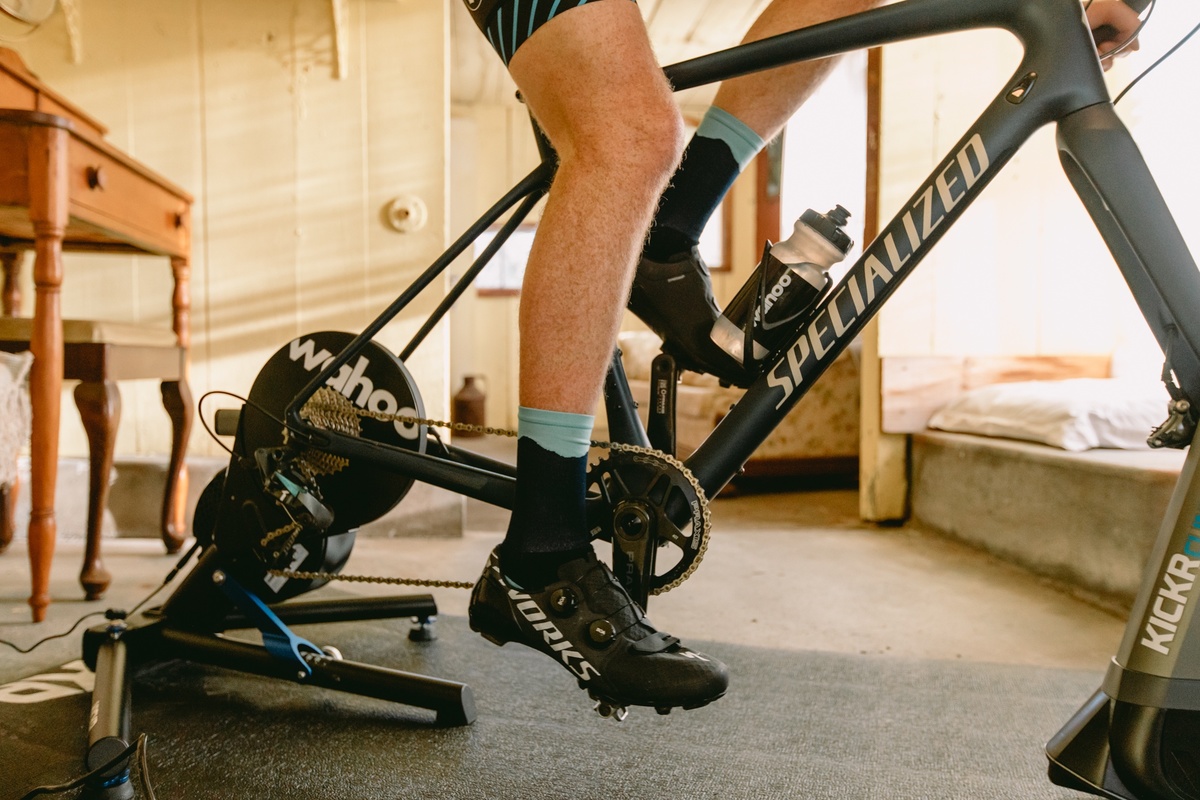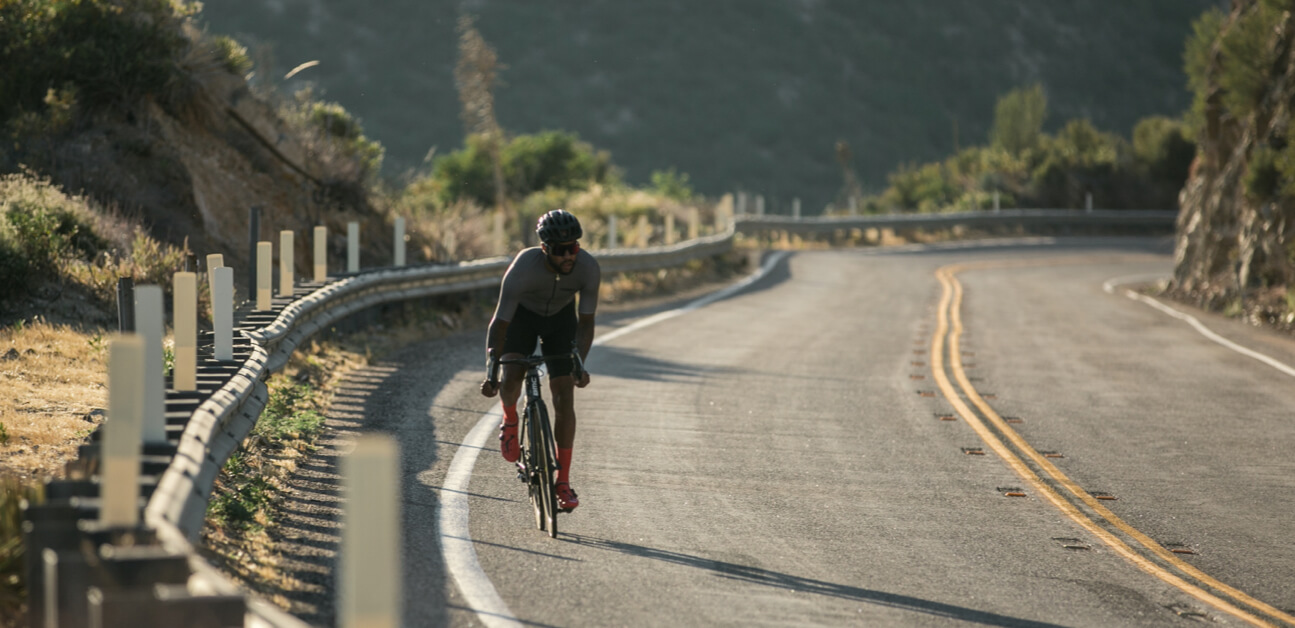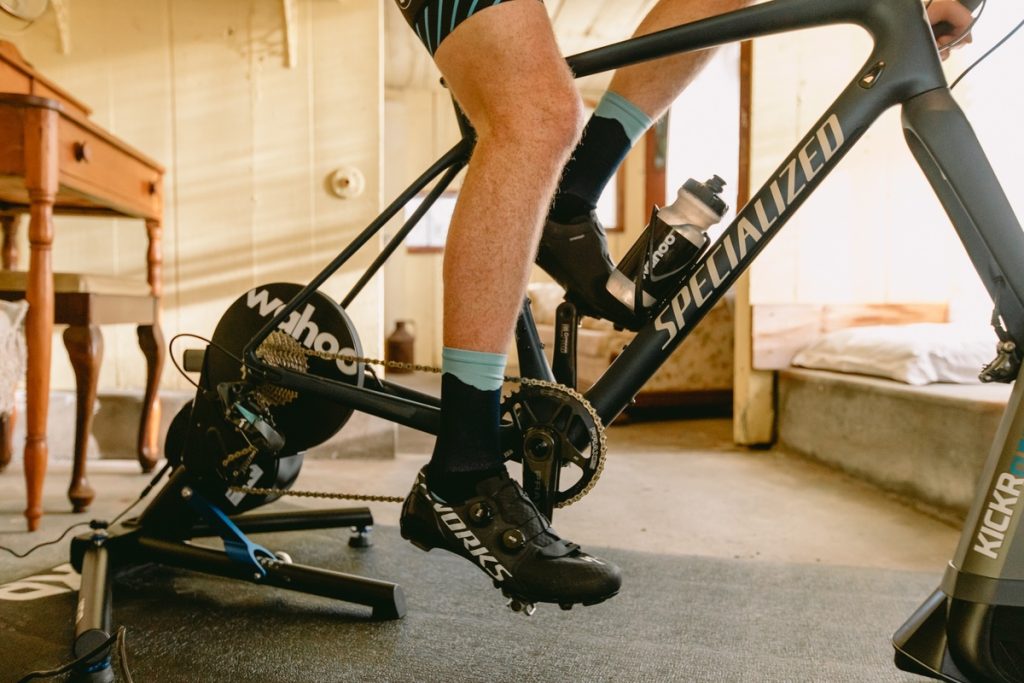Wireless Data Transmission
There have been several technological breakthroughs concerning cycling power meter innovations, and one of the most important ones is related to the development of wireless data transmission. As such, until recently, all units required a wired setup, which made installation and maintenance tricky. Nowadays, however, all units are enabled with ANT+ and Bluetooth, which ensures that all acquired data, such as power, speed, and cadence, always go straight to the cyclist’s Garmin or smartphone in real-time.
Connection and Accuracy
The deployment of Bluetooth Smart has had a tremendous impact on how cyclists and coaches analyze performance. For example, a top-level power meter, such as PowerTap’s G3 hub, which claims an accuracy of ±1.5%, can pair automatically with any device that supports BLE, with the latter being an integral part of the vast majority of sports watches and cycling computers. Accordingly, a cyclist can maintain the pace relevant to a power zone between 300-350 Watts in a criterium race, for example. Soon after the race is over, the data is recorded by the popular platforms like Strava or TrainingPeaks and used there for further analysis. Notably, I remember when my friend was taking part in a Night Weasels Cometh, which is among the most challenging cycling competitions in the United States, and with the help of a power meter, he was tracking his efforts to try and match the pace relevant to his optimal zone.
User Experience
The user experience has also changed dramatically as a result of wireless data transmission development, with cyclists now being able to set up their power meters without any tools. For instance, at the beginning of a ride, a cyclist will need to calibrate Quarq’s DZero to zero when changing a battery. Nonetheless, such a procedure can be quickly carried out using the company’s special app, which is available both in the Google Play and App stores.
Solar Charging Capabilities
The shift in the operation of cycling power meters as a result of their new solar charging capabilities is a leading technological development in this area. This innovation is significant in that it brings one of the most significant power meters’ problems, a limited time of operation on battery, to an end. As such activities as ultracycling races and multi-day tours grow in popularity, the relevance of this invention is bound to increase.
Solar Cells Technology
The introduction of this new invention to the pool of available cycling power meters came when the manufacturers started adding small solar cells to the power meters’ bodies. In a popular model created by a cycling tech company, such cells enable a power meter to function throughout the day. The explanation is that these cells use the energy from the sun to generate electricity required for the power meter’s operation.

An Actual Case
An example of how this technology functions is its use during the Race Across America in which participants can immensely benefit from their power meters’ ability to store sunlight and remain functional all day long. The competitor has an opportunity to log some important data in real time due to the effect that the lack of battery power is likely to wear one’s power meter down. As a result, a cyclist can maintain a steady pace with their power output constant throughout the day – the quality that is crucial in covering long distances.
Overall Efficiency
As a general rule, such cycling power meters come with solar cells that work with a decent level of efficiency converting over 20% of sunlight into electricity. As a result, even in moderately sunny states, the device is likely to remain inactive all day long and gather enough power to stay functional throughout the day. Also, it is noteworthy that these devices are also designed to work despite harsh weather conditions they are exposed to, such as heavy rain, dust, mud, etc. in outdoor cycling.
Smart Calibration Features
Smart calibration features in cycling power meters have immensely improved the accuracy and reliability of performance data. Such features automatically adjust readings for changes in the environment and equipment, providing cyclists with exact feedback without the need for manual recalibration.
Automated Environmental Compensation
One of the top power meters has released a technology that compensates for the temperature changes. Although it might seem irrelevant, temperature significantly affects the way strain gauges work, leading to inaccurate measurements. For instance, on a sunny race day, a cyclist can start the climb at a cool morning and finish it at noon, when it is considerably hotter. The power readings can significantly deviate in this period, while the new calibrating feature will automatically adjust to maintain ±1% accuracy. This adjusts guarantees that cycling effort readings are stable throughout the race.
Dynamic Drivetrain Integration
The latest enhancements also include dynamic drivetrain integration, which means that power meters now actually look into how good a cyclist’s bike is built and maintained. This system adjusts power readings for inefficiencies in the drivetrain due to excessive wear or incorrect installation. The feasibility of this feature can be doubted when it comes to individual time trials, where mechanical conditions are more or less stable. However, in stage races, especially in the three-week events such as the Tour de France, the condition of the drivetrain wears throughout the course, but mechanical maintenance or replacement can only be done at the designated service stations to ensure fairness. The wear level of the equipment will be displayed to cyclists and their mechanics in order to make the best decision about where to stop for active bike maintenance or replacement.
Step-by-Step Calibration Process
The calibration process is also simpler. For instance, the Quarq DZero calibration can be accessed through the smartphone app. Once the rider starts pedals rotation, they only need to open their app and state they want to calibrate their meter. The device will then utilize its internal check to determine exactly how it should be adjusted. The process only takes up to 30 seconds, and the app will display if the calibration has been completed successfully.
Integrated Fitness Tracking
The in-built fitness tracking in cycling power meters has revolutionized the way cyclists keep check of their training and recovery. Many systems incorporate power trackers with a heart rate one, speed, and perhaps even GPS. Combining this wealth of information provides a comprehensive view of a cyclist’s performance and health.
Comprehensive Performance Analysis
Newer power meters, such as the Garmin Vector 3, combine with already existing wearable technology. This is an example that displays not only a cyclist’s speed, cadence, and braking load distribution but also their pretentiously measured watts. Therefore, a cycling preparing for an Ironman, for instance, would be able to check whether their power output in watts is close enough to the 230 watts they are trying to maintain to complete the bike stage in five hours. Simultaneously, they can keep tabs on their heart rate and their cadence. The first will display if there is some issue with the way their heart is performing under pressure, showing signs of overexhaustion or muscle fiber buildup. The latter would indicate that it may be time to shift down the gears to try and reduce the manual load on the muscles.
Real-time Connections to Health Stats
These pieces of technology tend to also incorporate health measures, such as HRV and oxygen usage. What if these pieces of technology, had a reading system which at 100 miles of a 120-mile bike ride, and despite keeping the average power output of, say, 250 watts, HRV would display fatigue or definite signs of overdoing it. Well, they can take that information and either reduce their final effort on the bike for that day or cancel tomorrow’s ride altogether in favor of giving the body time to recover. The inclusion of technology to process and communicate that data makes it a non-brainer.”
Optimal Training
The connection between these trackers is not only an active one but also a passive one while allowing optimization of every training long and short. For the later, cyclists can set themselves target power zones and see how much of each trip they manage to survive at each such power level. This strategy was theoretically practiced by some professional cycling teams during the Tour de California and was focused around mostly staying in the “sweet spot” limit of 85-90 % of their FTP watt power. This is proven to generate working endurance without weariness.
Enhanced Durability in Extreme Conditions
Cycling power meters have been reinforced to be able to endure even the most extreme weather conditions, and as a result, the units are not more reliable and robust than ever, perfect for all types of cycling from high-altitude mountain biking to humid seaside races.
Advanced Materials and Waterproofness
Manufacturers now often use advanced materials to encase the internal workings of power meters, keeping them safe and sound in high-grade aluminum and carbon fiber. The SRM PowerMeter is able to survive half an hour at one meter under water and has an IPX7 waterproof rating, making it one of the best choices for cyclists riding in rainy conditions.
Vibration and Shock Resistance
As of today, the vast majority of power meters incorporate vibration dampening technologies, which keep the internals and electronics safe even during the most grueling downhill descents. The product underwent testing on the world’s most notorious cobbled sections during the Paris-Roubaix race, and still, the 4iiii Precision 2.0 was capable of measuring power output accurately – and consistently. To achieve this, the power meter uses the vibration-proof internals within its body.
Temperature Adaptation Features
Extreme temperatures not only pose a problem in terms of keeping the electronic gadgets running at all and in good condition but also can affect their accuracy. This is why, to further ensure that the power meters stay true in virtually every weather condition, the devices became equipped with temperature compensation algorithms, allowing them to be used across a very broad spectrum of temperatures, with one particular example involving a group of cyclists taking part in the Tour de Alps and experiencing temperatures from below freezing in the morning to above 20°C in the afternoon, with all their power meters working perfectly fine and adjusting the output accordingly.

Expanded Compatibility with Bike Types
Cycling power meters are gaining recognition due to the latest advancements that make the instruments more compatible with different bike types. As a result, these tools are being adopted by athletes engaged in various cycling activities, from road racing to mountain downhill or triathlon setups.
Universal Mounting Systems
The system of universal mounting solutions allows any bike frame or crank type to be adapted with a power meter today. For example, the Favero Assioma power meter is pedal-specific and only requires the installation process that involves screwing the pedal units into any standard crank arm. The solution is beneficial for road bikes, mountain bikes, and even hybrids, which is essential for individuals who practice various cycling disciplines.
Modular Components
Different bike types require different cycling setups, so Quarq and Shimano heavily rely on power meter components that can be easily installed on various types of bikes. In addition, the Quarq DFour and the Stages Power Meters installed on various types of cranks can be combined with Shimano, SRAM, or Campagnolo systems. The modular power meters may have chainrings of different sizes at the user’s request. Thus, the instrument increases cycling compatibility, making it suitable for athletes who upgrade their equipment regularly.
Adapting to Non-Standard Frames
In some cases, the tools are adapted to non-standard frames, such as BMX. The Stages BMX Power Meter is attached to the BMX crank arm, and it measures power directly on the pedal to which it is stuck today of the device does not affect the weight and aerodynamics of the bike.





